6 Pros and Cons of Redmi A3, A Budget-Friendly Smartphone
In February 2024, Xiaomi introduced the Redmi A3. This phone, which was first launched in the Indian market, is the successor to the Redmi A2 released in 2023.
Interestingly, the Redmi A3 has undergone a significant upgrade and looks quite different from its predecessor. Unlike most entry-level phones that use a square camera module, this phone features a large circular module similar to the Xiaomi 13 Ultra flagship phone. The improvements are not just in appearance but also in its specifications.
The Redmi A3 is sold in for only $89 at release. This low price makes it very appealing. Here is a discussion of the advantages and disadvantages of the Redmi A3.
Pros of Redmi A3
As an entry-level phone, the Redmi A3 offers several great advantages. Here is a brief discussion of some of these benefits.
1. Premium Design at an Affordable Price
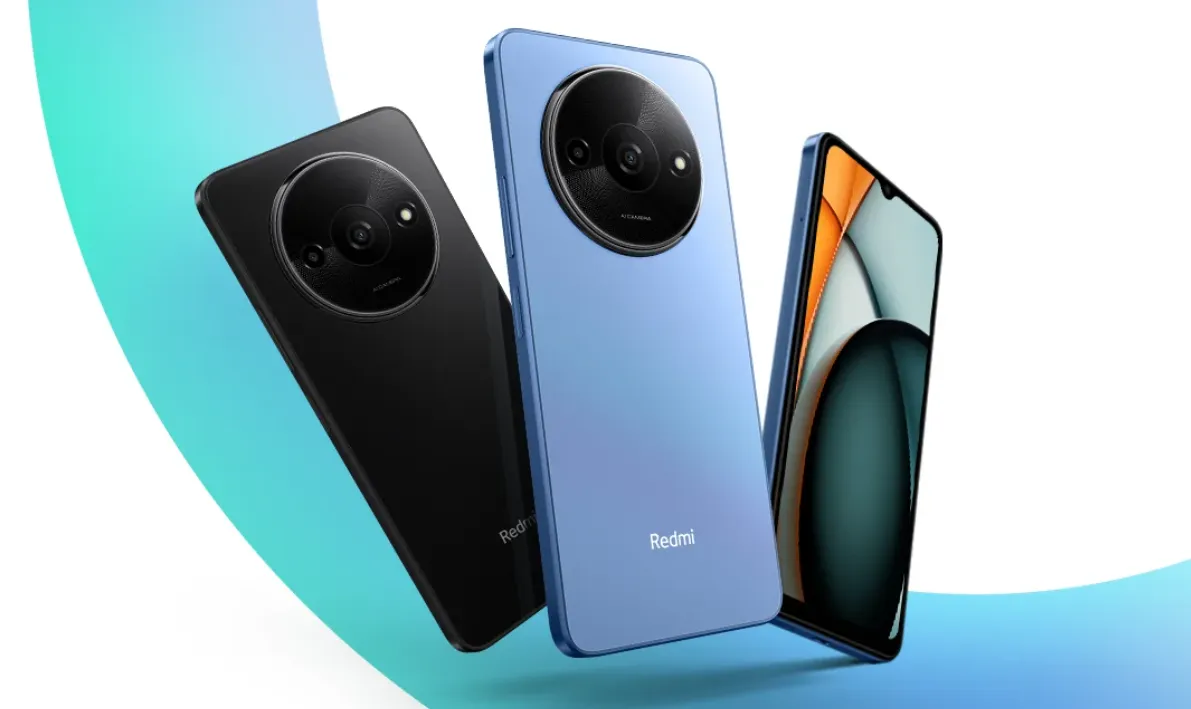
The Redmi A3 has a premium design that is impressive for a phone priced at $89. Instead of using a square camera module like the Redmi A2, it features a large circular module in the center. This design, called the Premium Helo Design, gives it a high-end look.
The camera module concept seems inspired by Xiaomi's flagship class phone, the Xiaomi 13 Ultra. While the sizes of the camera modules are similar, the features inside are different.
The Redmi A3 has two cameras on the back, with the main camera in the center and additional cameras and LED flashes on either side, creating a well-balanced composition. It stands out as a budget phone with a sophisticated design.
The back of the Redmi A3 is made of an attractive polycarbonate material with a leatherette-style texture that gives a premium feel. This texture not only feels good to the touch but also helps reduce fingerprint smudges to keep the phone looking clean.
For added comfort, the edges of the Redmi A3 are slightly curved to make it fit comfortably in the hand. Despite its features, the phone remains thin at 8.32 inches and weighs 193 grams, making it easy to hold for extended periods.
The Redmi A3 is available in three color variants. Midnight Black has a neutral color with a starry appearance, and Lake Blue features a glass material. The signature variant, Olive Green, has a distinctive leatherette-style texture.
2. IPS LCD Screen: Spacious for Its Price Class

The Redmi A3 features a generously sized IPS LCD panel, measuring 6.71 inches. This large screen is ideal for multimedia activities such as watching videos or playing light games. The bezel design is reasonable, giving it a body-to-screen ratio of 82.9%.
This display supports HD+ resolution, or 720 x 1650 pixels. While not the highest resolution, it is quite adequate for a phone in this price range. Like the Redmi A2, the Redmi A3 has a screen brightness of around 400 nits, allowing comfortable outdoor use.
One of the improvements in the Redmi A3 is the slightly better screen movement, thanks to a 90 Hz refresh rate. This makes scrolling through social media or browsing the web smoother and more comfortable. Additionally, the 120 Hz touch sampling rate makes gaming more responsive.
The Redmi A3’s screen also boasts improved durability. It is protected by Gorilla Glass 3, making it more resistant to scratches and minor drops.
3. Offers Cleaner Stock Android
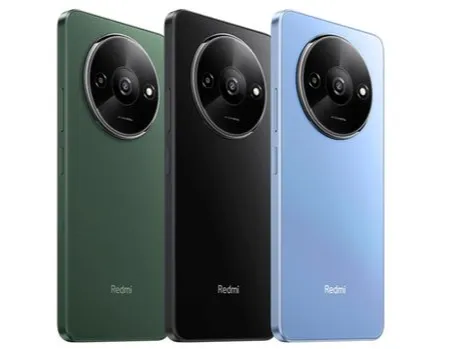
From the first generation of the Redmi A Series to the Redmi A3, the operating system has always been stock Android, meaning it does not use MIUI like other Redmi or Xiaomi phones. However, unlike the Redmi A2, the Redmi A3 uses regular Android instead of the Go edition.
The absence of the MIUI interface means this phone is free from bloatware and annoying ads. Despite this, Xiaomi still ensures device security by providing two software updates and three years of security patch updates from the release of the Redmi A3.
With Android 14 as the default software, the Redmi A3 will be upgraded to Android 16. Security patches will continue to be updated until 2027.
4. Durable 5,000mAh Battery
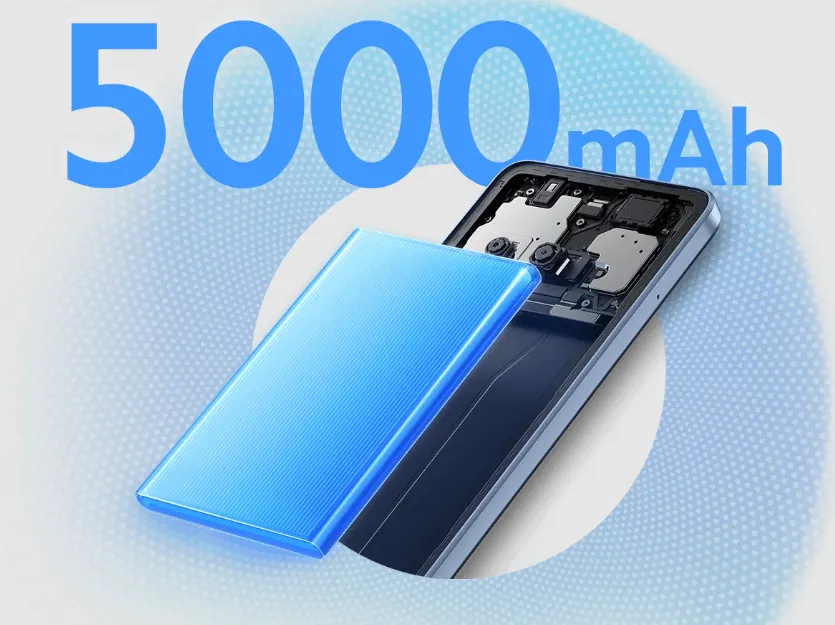
As an entry-level phone, a large-capacity battery is essential. Xiaomi has equipped the Redmi A3 with a 5,000 mAh battery, which is known for its durability for daily use.
Interestingly, unlike the Redmi A2 which still uses a microUSB port, the Redmi A3 features a more modern USB Type-C port. This makes the 10W charging slightly faster, though not exceptionally quick.
Xiaomi includes a charging cable and adapter in the Redmi A3 sales package, so there's no need to budget for additional accessories.
5. Comes with a Side Fingerprint Sensor and Compass Sensor
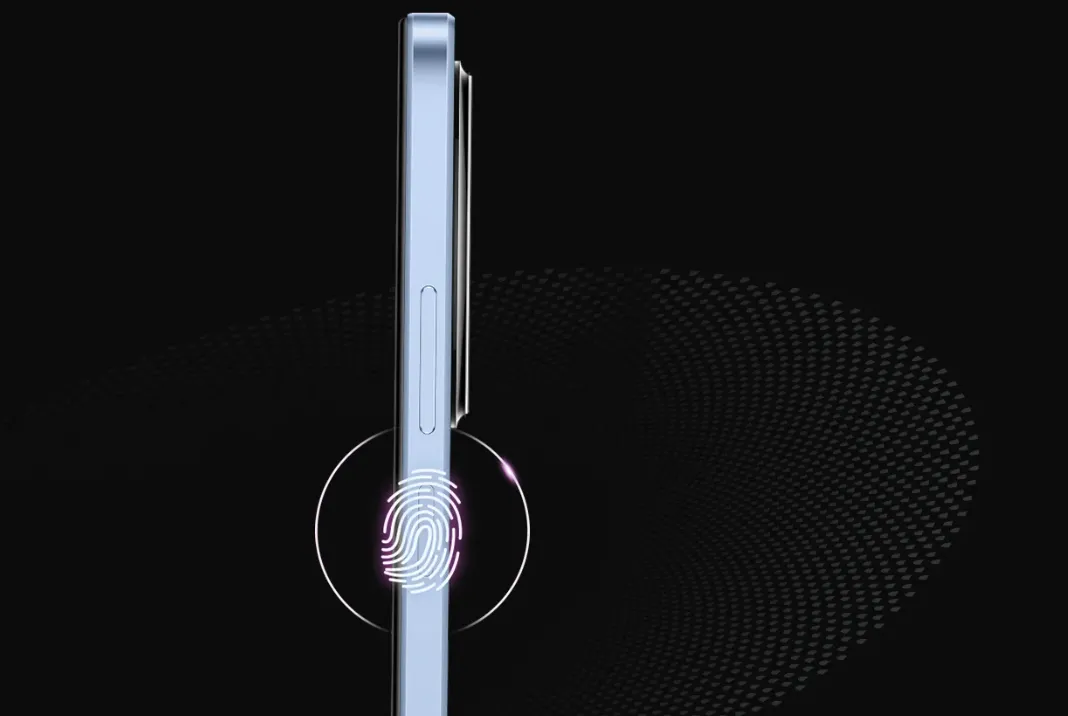
Another improvement in the Redmi A3 is the addition of a fingerprint sensor. Xiaomi has placed this sensor on the side, integrated with the power button, making it easily accessible.
The sensor response is quite good for a phone in this price class. Other included sensors are accelerometer, light, proximity, and compass.
While it lacks a gyroscope sensor, which is rare in phones at its price, the range of sensors is quite complete. The light sensor automatically adjusts screen brightness, and the compass sensor helps with navigation.
6. Satisfactory Photo Results for Its Class
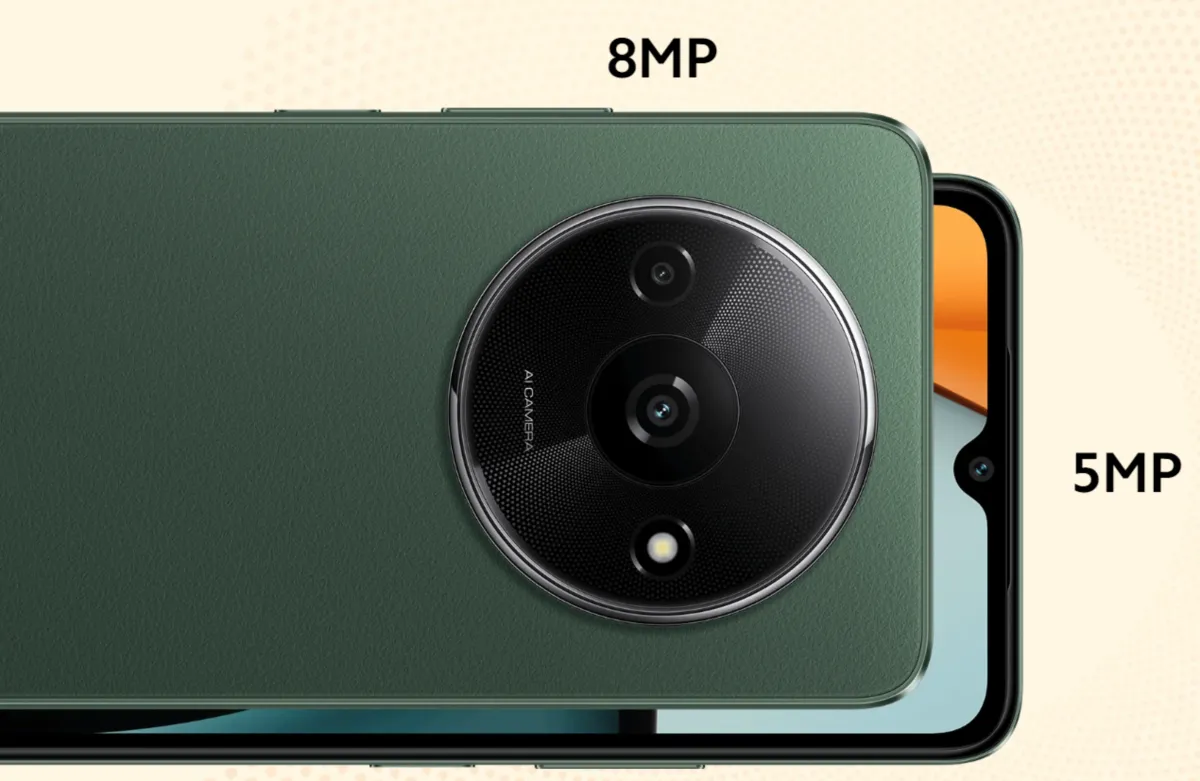
In terms of camera performance, the Redmi A3 hasn't seen much improvement over its predecessor, the Redmi A2. The large camera module houses two cameras: an 8 MP wide-angle sensor with an f/2.0 aperture and a 0.08 MP auxiliary lens for depth sensing.
Additional camera features remain basic, including LED Flash and HDR. There are no special modes like night mode, pro, or panorama. However, it does offer portrait, short video, and time-lapse modes. Additionally, Redmi A3 includes FilmCamera Filters to enhance your photos.
For video recording, the Redmi A3 can capture videos in 720p and 1080p quality. Unfortunately, neither supports frame rates above 30fps, and there are no stabilization features, resulting in shaky footage.
The front of the Redmi A3 features a 5MP selfie camera with an f/2.2 aperture. Video recording with the front camera also supports 720p and 1080p quality, as seen on ATF Unboxing video.
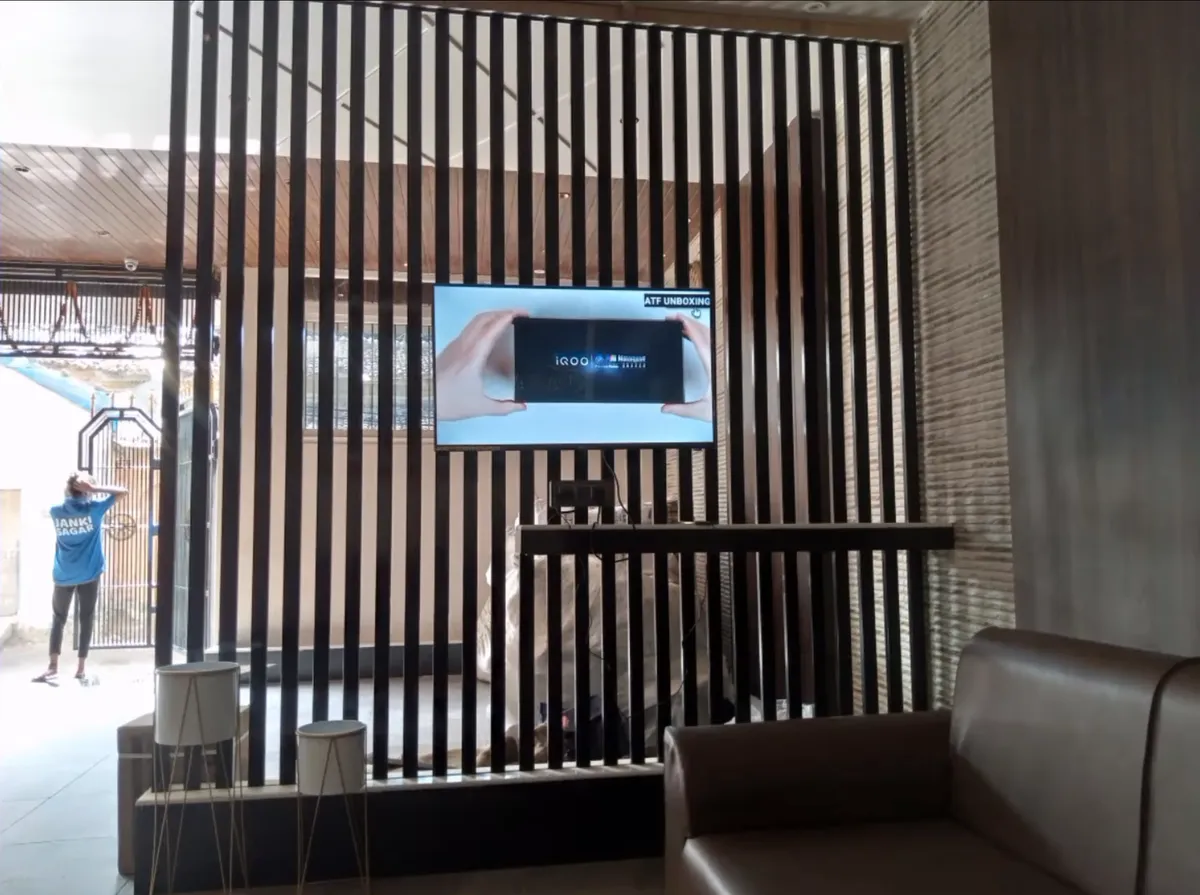 Source: YouTube-ATF Unboxing
Source: YouTube-ATF Unboxing Source: YouTube-ATF Unboxing
Source: YouTube-ATF Unboxing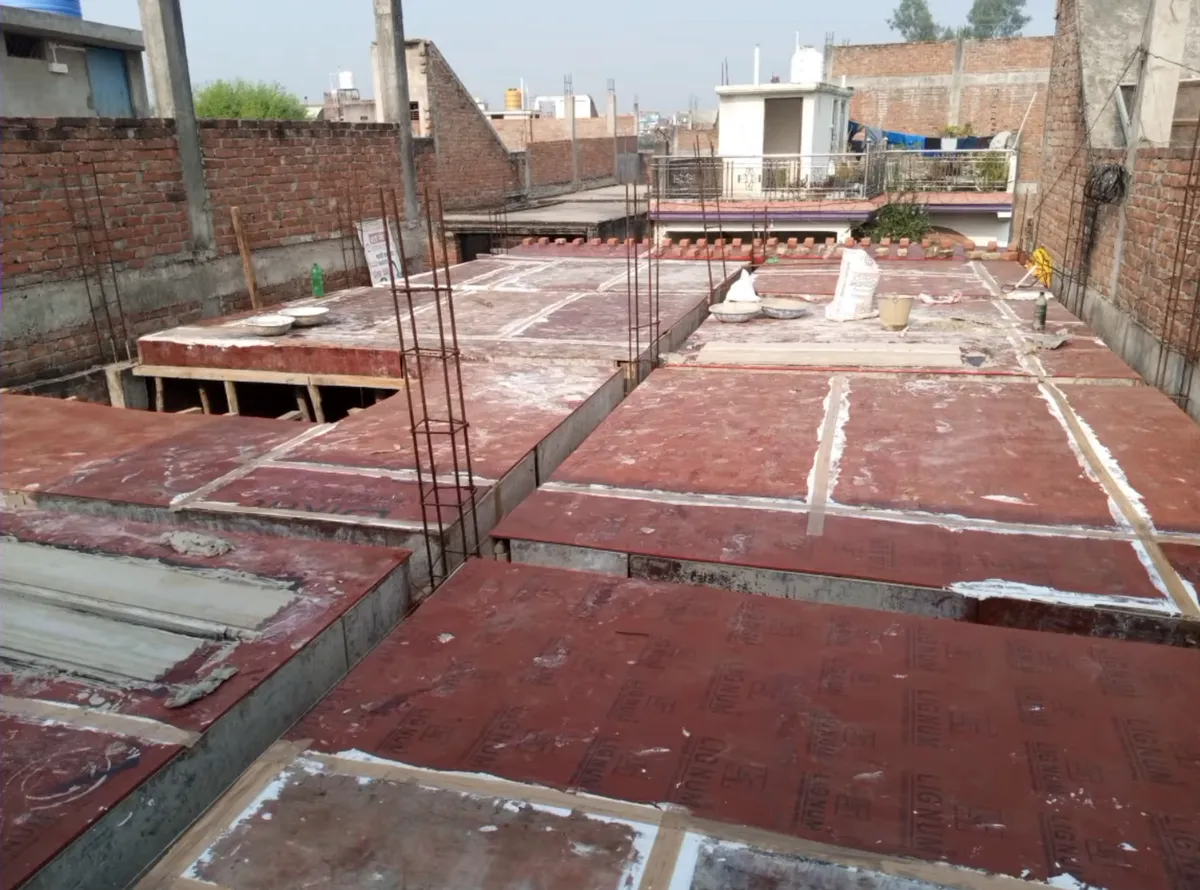 Source: YouTube-ATF Unboxing
Source: YouTube-ATF UnboxingThe photo quality of the Redmi A3 is acceptable, especially in good lighting conditions. The absence of a night mode makes low-light photography challenging. Nonetheless, the camera is sufficient for everyday moments.
Cons of the Redmi A3
Despite its appealing features, this is an entry-level phone after all. This affordability comes with certain limitations. Here are some of the drawbacks of the Redmi A3.
1. No Chipset Upgrade
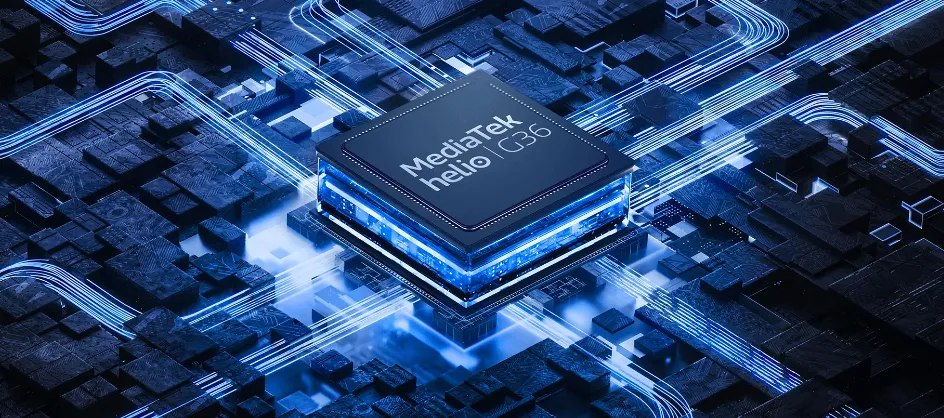
One notable downside is the lack of improvement in the chipset. The Redmi A3 still uses the Helio G36 chipset, which was also in the Redmi A2. Nevertheless, considering the price, the Helio G36 is still adequate.
The Helio G36 chipset is built on a 12 nm fabrication, ensuring good power efficiency. It consists of eight CPU cores: four Cortex A53 cores clocked at 2.2 GHz and four Cortex A53 cores at 1.7 GHz.
For graphics, it uses the PowerVR GE8320 GPU, running at 680 MHz. This GPU supports a maximum resolution of 2400 x 1080 pixels with a 90Hz refresh rate.
To maintain stable performance, the chipset is supported by HyperEngine 2.0 Lite, which includes Networking and Resource Management Engine 2.0. According to MediaTek, these technologies enhance connectivity options and help the device handle games for longer periods.
According to Nanoreview, the Helio G36 achieves an AnTuTu v10 score of up to 152,522 points. In GeekBench 6, it scores 227 for single-core and 834 for multi-core performance.
While the Redmi A3 may struggle with heavy gaming, it performs well for lighter activities such as browsing social media, watching videos on YouTube, and using chat applications. Additionally, it offers 4 GB of LPDDR4x RAM and 128 GB of internal eMMC 5.1 storage. There's also a microSD slot for expanding storage capacity.
2. Charging is Slow
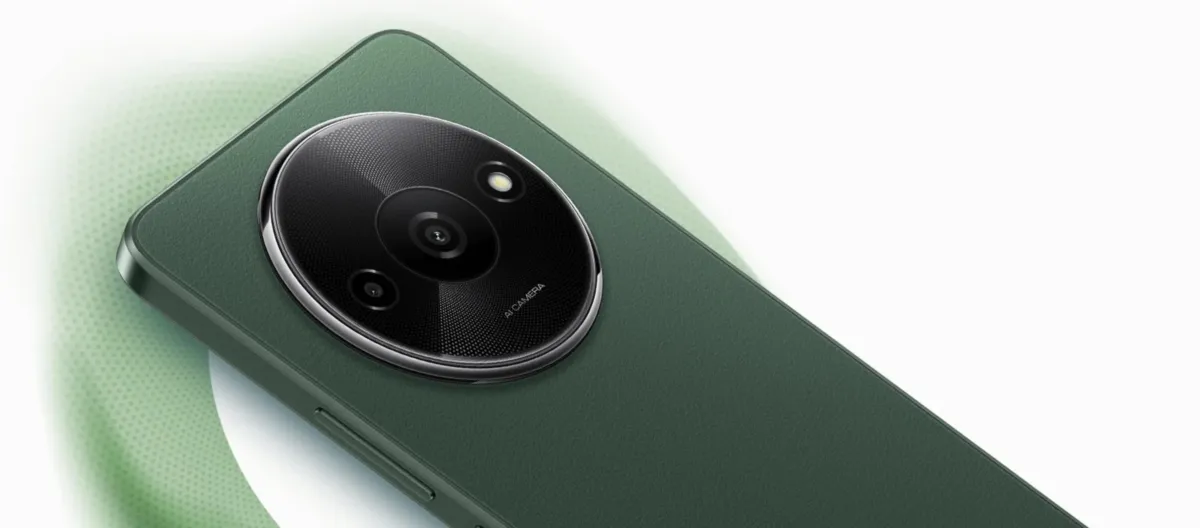
Another drawback of the Redmi A3 is its slow charging speed. Despite its impressive 5000 mAh battery, which offers good power endurance, the charging capability is limited.
The efficient chipset and screen help extend the battery life throughout the day, but the phone only supports 10W charging. This is the same as previous models, such as the Redmi A2 and Redmi A1.
3. No NFC

The Redmi A3, like its predecessors, does not include NFC (Near Field Communication). This is a significant drawback, considering the increasing importance of NFC for connectivity.
Many entry-level phones now feature NFC, such as the Alcatel 1s NFC. Other models in this price range, like the Tecno Spark 10C NFC, realme C51, and Infinix Hot 30, also offer this feature.
Conclusion
The Redmi A3 is the successor to the Redmi A2, offering some interesting improvements. In its affordable price range, the Redmi A3 has a much more stylish design. The camera module has transformed from a boring square to a large circle, giving it a modern look.
However, the camera specifications have not changed much, still relying on an 8 MP main camera. The body of the phone feels more premium with its distinctive faux leather-style texture.
The screen has seen a slight upgrade, now measuring 6.71 inches. The screen movement is smoother with a 90 Hz refresh rate, and it is protected by Gorilla Glass 3 for added durability.
Another notable improvement is the inclusion of a USB Type-C port, which helps shorten the charging process compared to the Redmi A2's microUSB. Additionally, the Redmi A3 features a fingerprint sensor integrated with the power button.
So, after considering some of the pros and cons, are you interested in the Redmi A3? As an entry-level phone, it’s important to match it with your needs. Please share your thoughts and reasons in the comments.
